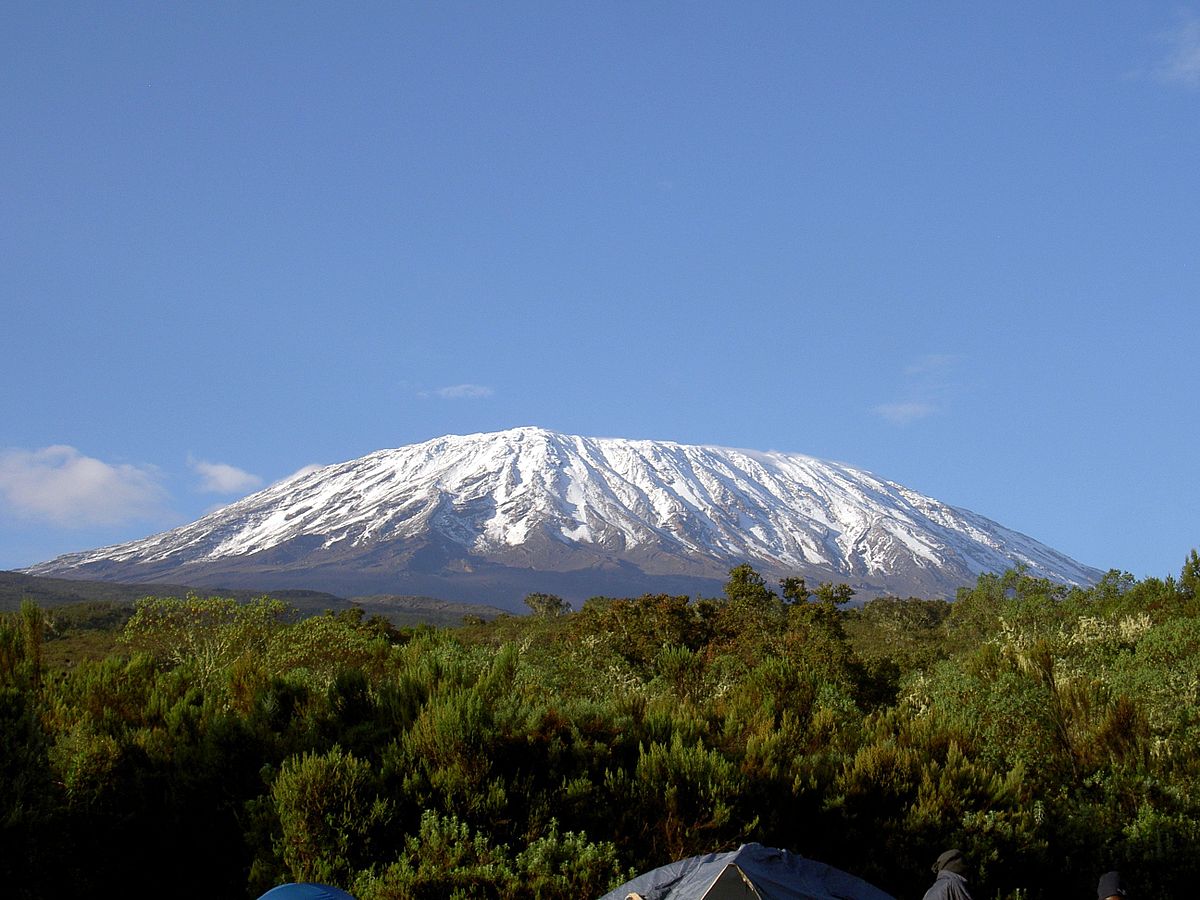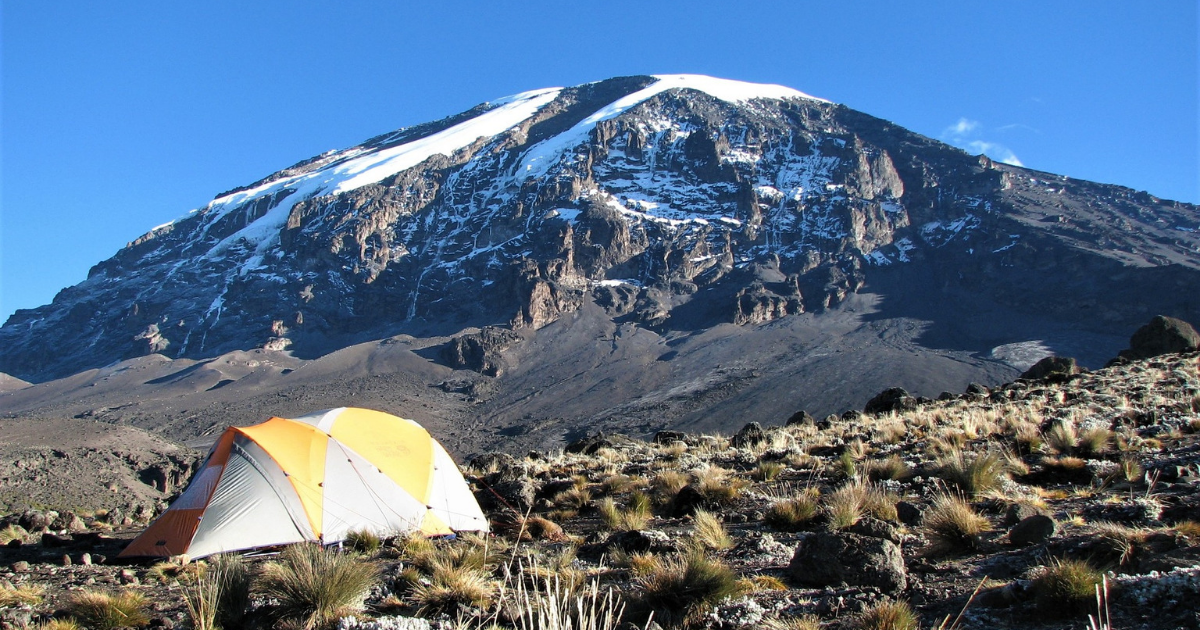Published on 12th January, 2024
Exploring Mount Kilimanjaro: A Journey to Africa's Highest Peak
Situated in Tanzania, Mount Kilimanjaro, a majestic volcanic mountain, is a testament to nature's wonders. Standing at approximately 19,341 feet (5,895 meters), it attracts adventurers globally. Named 'Kilimanjaro,' its origin is shrouded in mystery, possibly derived from a combination of Swahili and Chagga words. The first documented ascent is credited to Hans Meyer, Ludwig Purtscheller, and Yohanas Kinyala Lauwo in 1889. Explore the mountain's distinct peaks, including Uhuru Peak, the highest point, and delve into the diverse ecosystems, from rainforests to glaciers.
Embark on an awe-inspiring expedition through the captivating landscapes and rich cultural tapestry surrounding Mount Kilimanjaro. This article will delve into the mystique of this iconic mountain, exploring its breathtaking views, the journey to the summit, and the cultural significance it holds. Discover the answers to essential questions such as where Mount Kilimanjaro is located, what awaits you at its peak, and the unparalleled beauty that unfolds from the summit. From the allure of the mountain's top to the mesmerizing views that captivate every adventurer, this article will be your comprehensive guide to the majestic world of Mount Kilimanjaro.










